When it comes to fruit trees, especially in backyard orchards, rootstocks can be a game-changer. Full-sized trees use a great deal of energy to grow big, while dwarf rootstocks focus a tree's energy almost exclusively on fruiting, so smaller trees bear fruit earlier and more abundantly.
But what exactly is a rootstock, and why does it matter so much in fruit production?
Jump to:
What is a Rootstock?
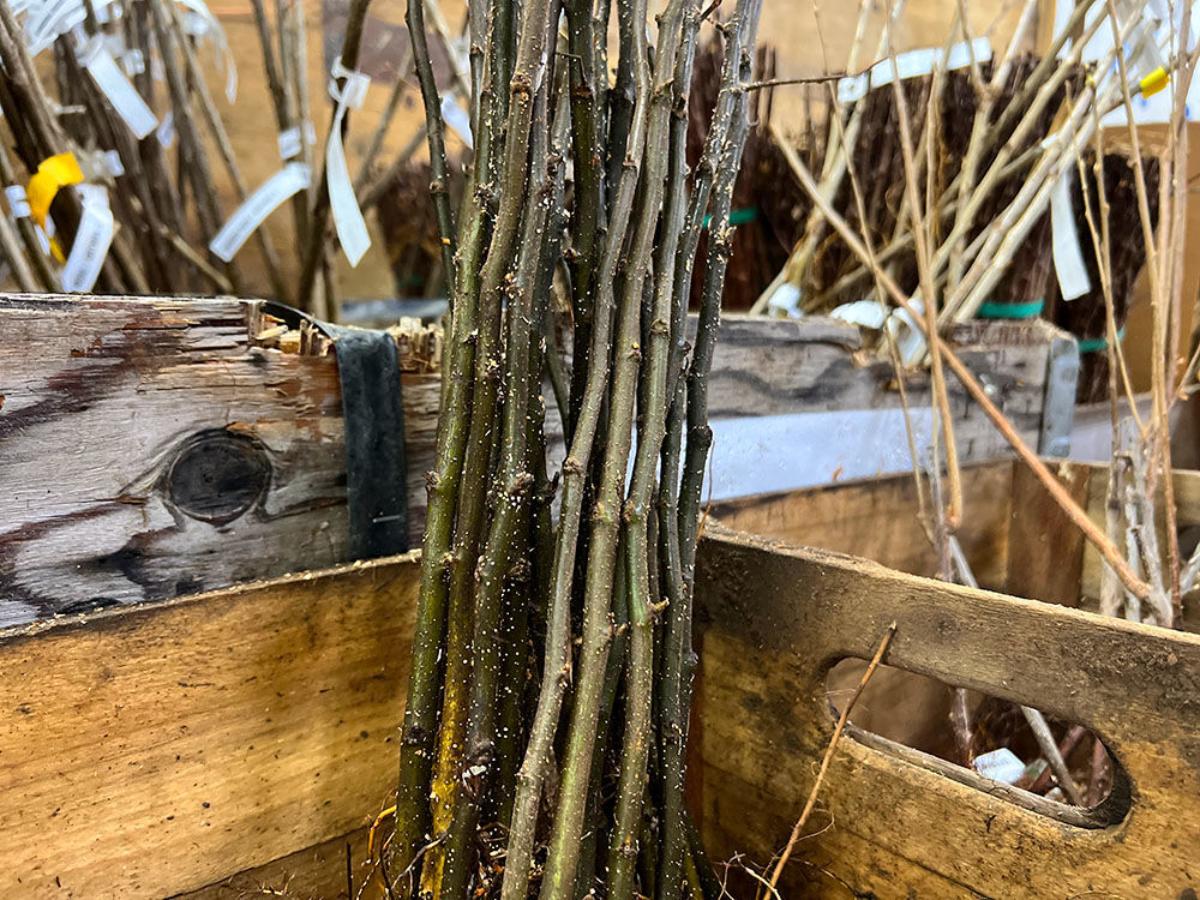
Simply put, a rootstock is a stem with a developed root system onto which a bud or scion of a different plant is grafted. Rootstocks can transfer vigor, height (or lack thereof if it’s a dwarf rootstock), hardiness, and disease resistance to the variety that’s grafted onto it.
These days, nearly all fruit trees are grafted onto a rootstock. You’ll see them on apples, peaches, pears, nectarines, plums, cherries, quinces, and apricots, along with persimmons (sometimes) and nut trees (occasionally).
How Are Fruit Trees Propagated?
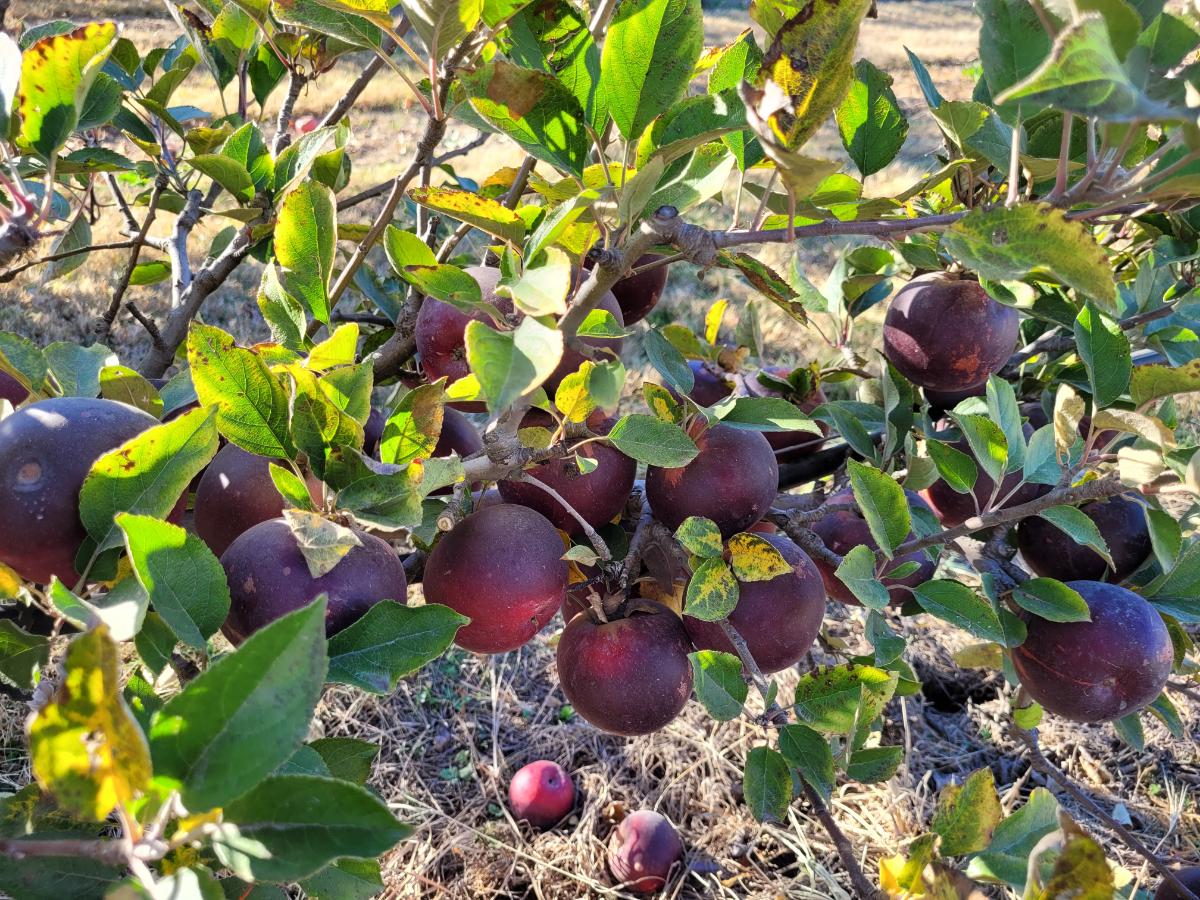
Not often by seeds. When you’re dealing with any hybridized woody plant, their seeds are often not true to type. Pollen from other trees can shake up the genetics in the seeds, or some of the genetics might revert to those of the parent plant – so you’re never quite sure what you’re going to get. In some cases, as with an isolated tree, you can get seeds that are closer to type, though with these, it’s always a good idea to plant a number of seeds and see which trees grow best and have tasty fruits.
Also, there’s a small problem with how long it takes for a seedling to grow up enough to become mature enough to bear fruit – sometimes 10 years or more.
Make Your Own Fruit Tree!
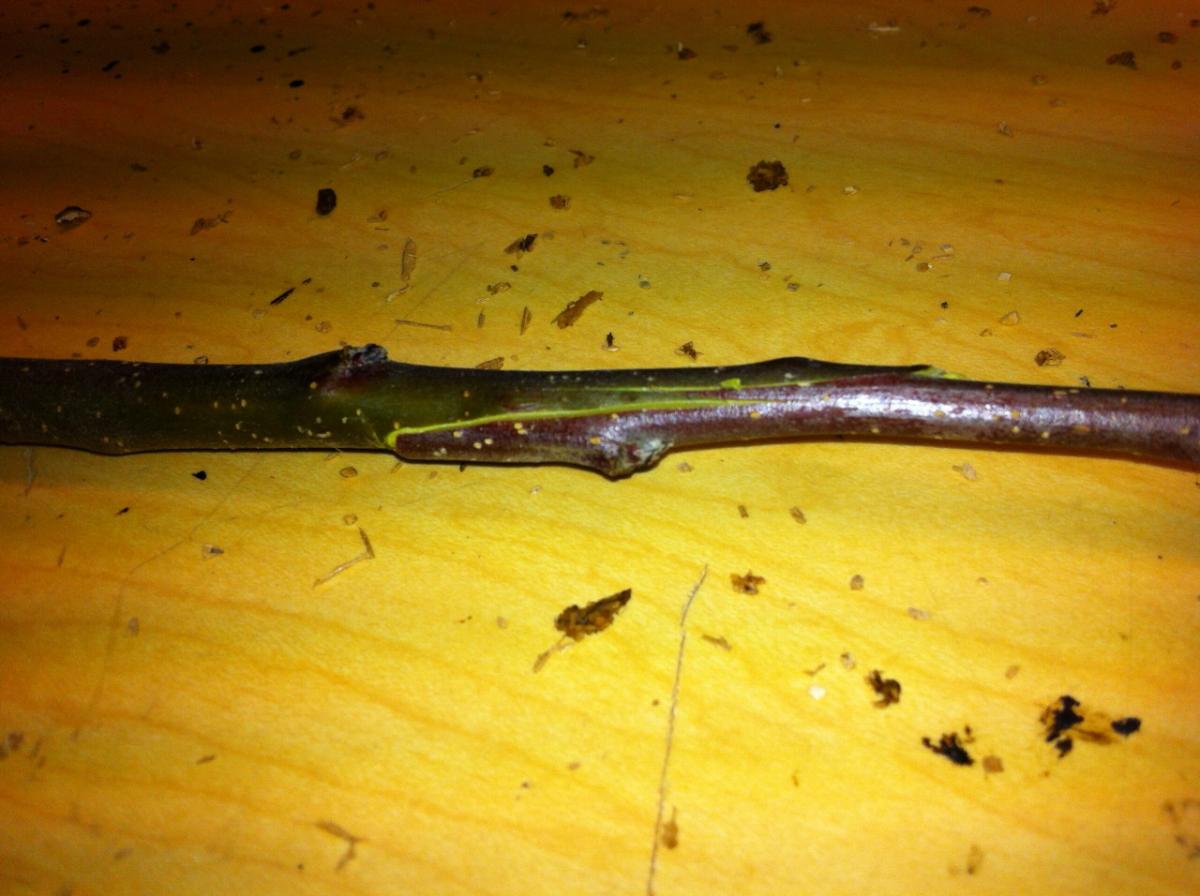
Fruit trees are propagated via cuttings. A branch about the width of a pencil is cut off, say a Golden Delicious tree. Leaves are removed, and the branch is cut to size. This is called a scion.
In another field, young trees are grown to become rootstocks. After a few years of growth, they’re uprooted, cleaned off, cut to size, and bundled up for sale.
Here’s where it becomes a “Make Your Own Tree” project. You get a scion for the fruit variety you want to grow, get a hardy rootstock in the size you want the tree to grow, and graft them together. Stick the little tree in a pot, keep the rabbits and deer away, and after a year, you can put the little fruit tree where you want it to go. Boom! Now, you have a little fruit tree that will become a bigger fruit tree in a few years.
Types of Rootstocks
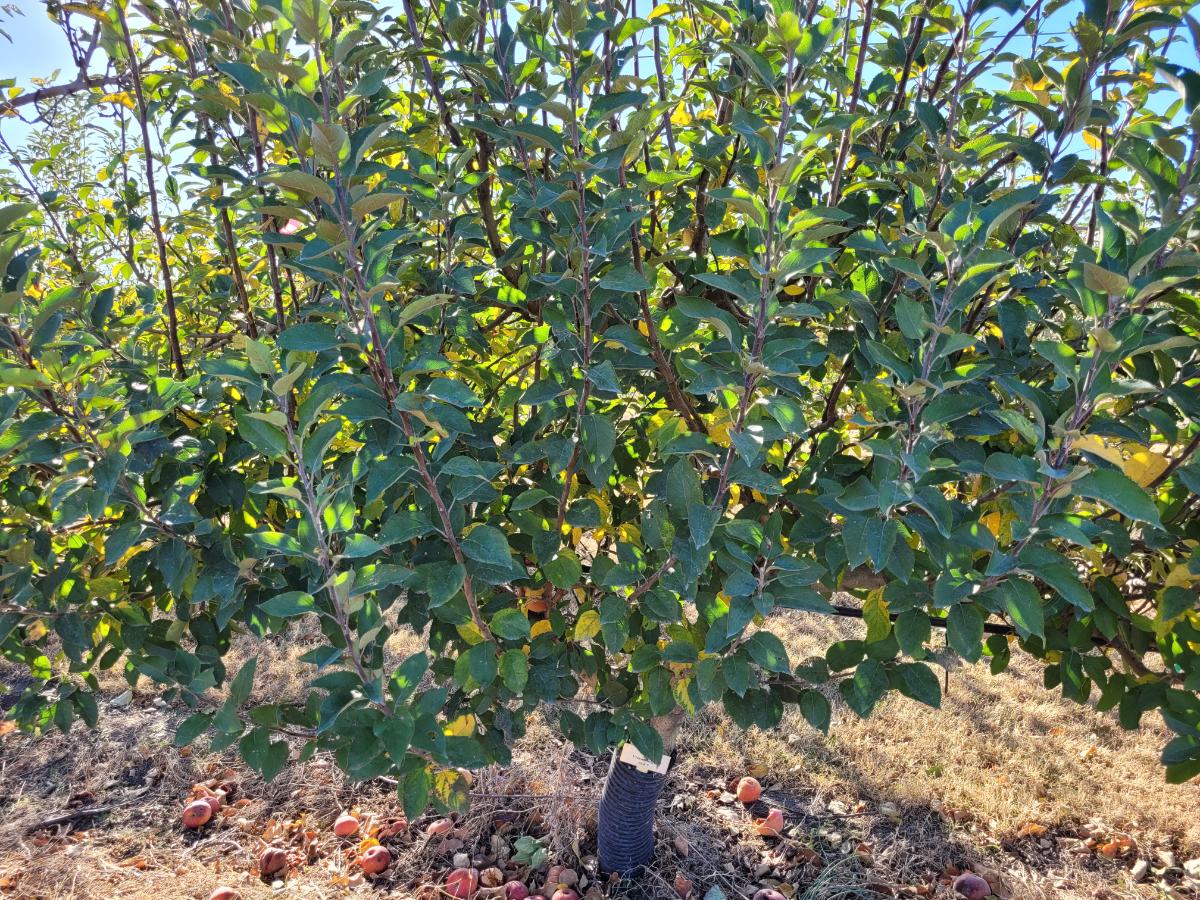
Rootstocks for fruit trees generally fall into three main categories:
- Dwarf – A tree grown on a dwarf rootstock produces full-sized fruit that grows only half as tall as a full-sized tree – anywhere from 6-10 feet tall. Great for backyards and smaller spaces where homeowners might prefer an easy harvest. And they take only 2 to 3 years to bear fruit after they’ve been planted. However, remember that a dwarf rootstock will put out small roots that are too small to anchor the tree, so keep it staked.
- Semidwarf – Reaches about 40-60% of the height of a tree at full growth. Semidwarf trees are usually around 10-16 feet (it varies). The height is still manageable, but the tree bears more fruit. They’ll start bearing fruit after 4 or 5 years.
- Standard – The full-sized tree that reaches its natural height. If left unpruned, standards can grow anywhere from 20 to 30 feet tall. They’ll bear fruit in about 7 to 10 years. They can live for 50 to 150 years or more if they’re left untouched by bulldozers or chainsaws and are best for long-term production. Standard fruit trees are also great for climbing if you want to settle into a nook up in the branches to read a book and munch on apples.
Read more:
- 12 Low-Maintenance Fruit Trees Anyone Can Grow
- 13 Pruning Mistakes That Will Ruin Your Fruit Trees
- 12 Tips for Planting Fruit Trees and How to Do It
- The Ultimate Guide to Planting a Food Forest
The Benefits of Rootstocks
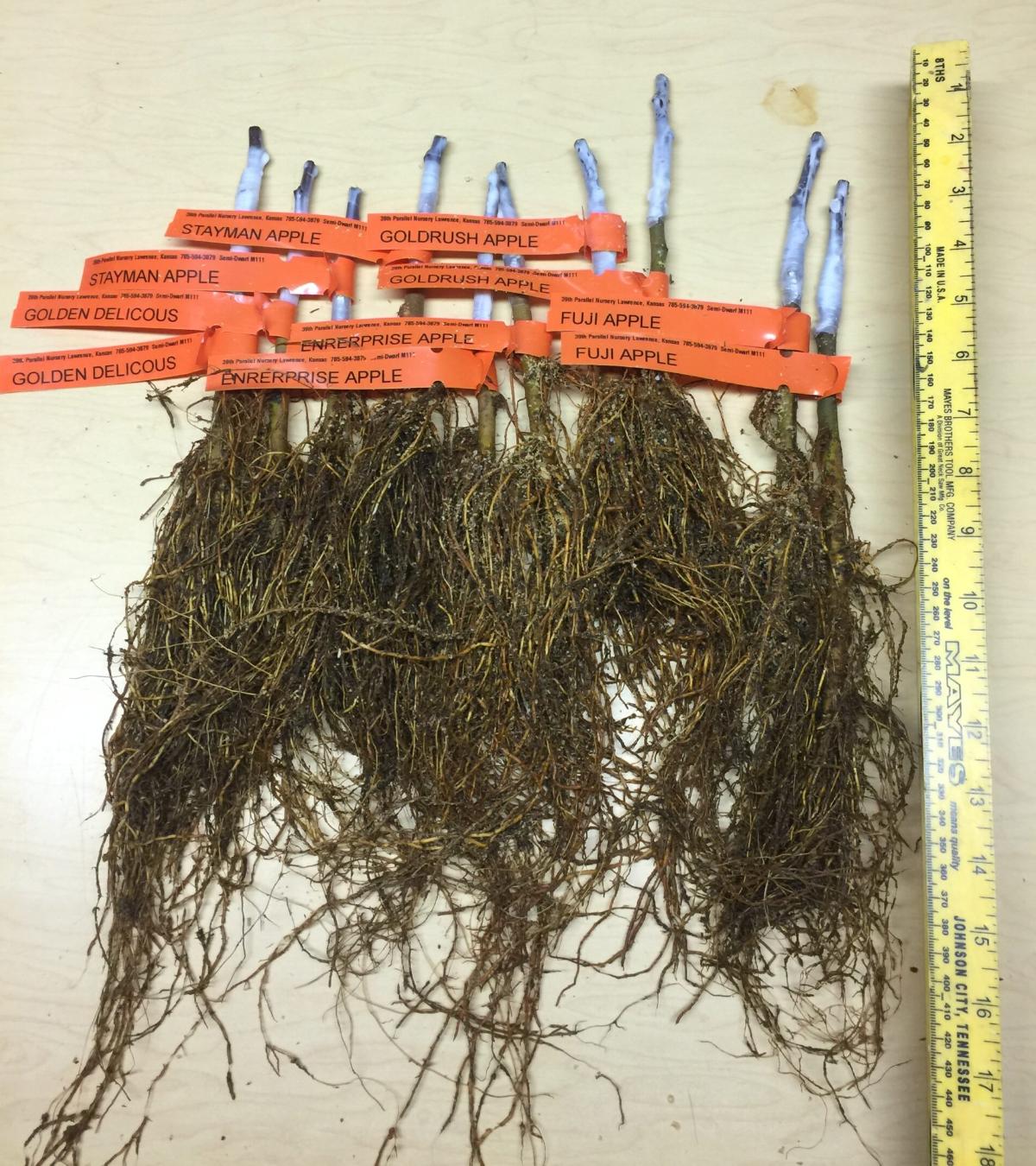
Rootstocks do more than control the fruit tree’s size.
- Rootstocks pass along pest and disease resistance to the grafted fruit variety. Many fruit varieties are bred mainly for flavor, color, fragrance, and so forth. Disease resistance and drought tolerance are often an afterthought because the hardy rootstock will take care of those factors.
- Rootstocks also work for different soil pH. For example, soils that are on the alkaline side will not release iron to the plant roots that need it, while acidic soils may affect plant growth. Choosing a rootstock that works with local soil conditions gives you a little tree that’s headache-free.
- Faster maturity. These young rootstocks already have a couple of years of growth, so your new tree will mature much more quickly than one grown from seed. That means faster growth and less time waiting for fruit!
- They’re cheap. Many scions and rootstocks are available for under $10. Shipping is cheap because you're just sending a couple of twigs through the mail instead of a full-sized fruit tree. For bargain hunters like me, this is pretty good stuff!
- You get a wider selection of fruit trees. There’s only limited stock of full-grown fruit trees, whereas with scions you can get all kinds of older varieties that are out of commerce. Buying scions and rootstock allows you to try out different varieties that you might not ever have sampled.
Choosing the Right Rootstock
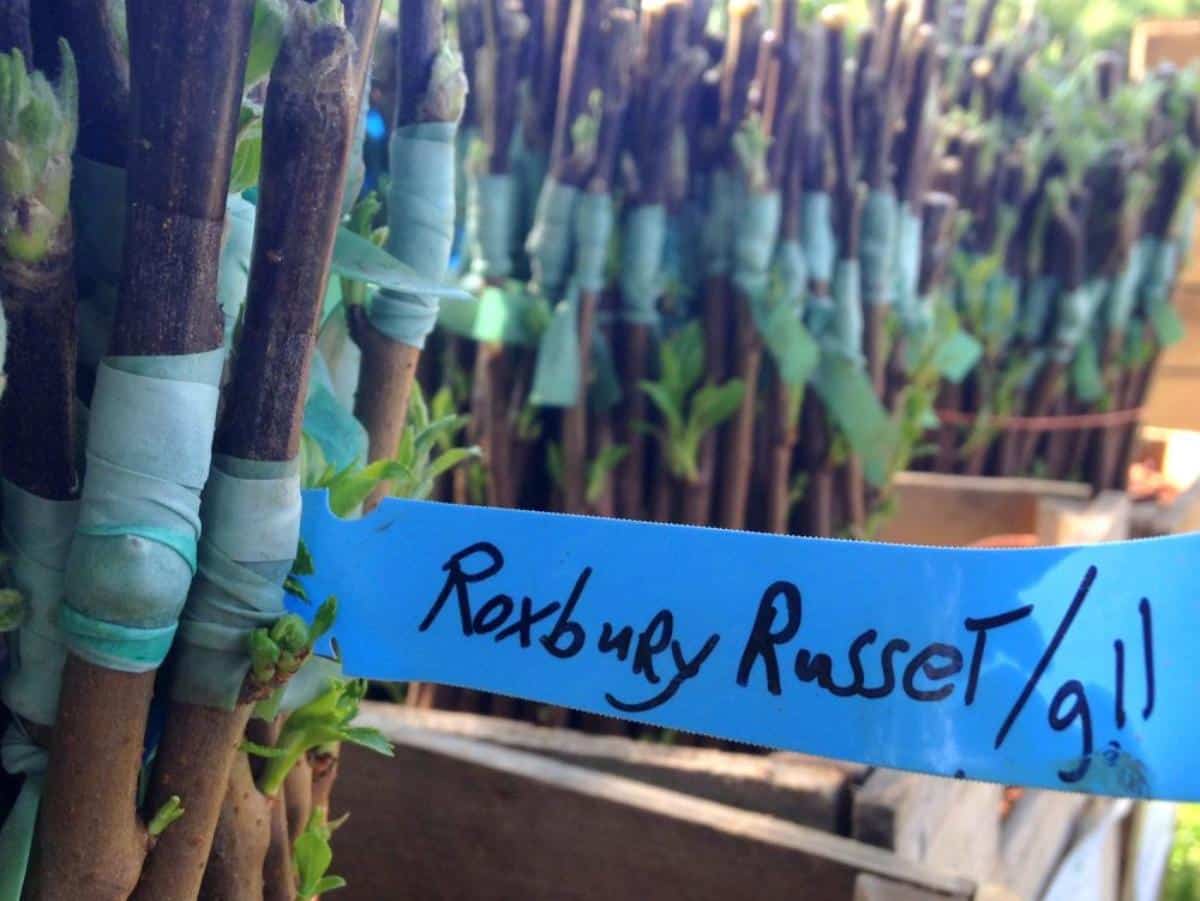
For those establishing an orchard or even just growing a bunch of little backyard fruit trees, selecting the right rootstock can become confusing. Is this rootstock resistant to local pests? How will it do in this lousy clay soil in my yard? Is it resistant to diseases?
Here are a few popular rootstocks for apples:
- 890, aka Geneva 890. This is a popular semidwarf rootstock because it resists diseases like fire blight and crown rot, and its roots anchor the tree very well.
- 935, aka Geneva 935. This is known for its productivity, resistance to cold, and high disease resistance, making it a good fit for a wide range of climates and scion varieties.
- 111, aka Malling-Merton 111 or EMLA 111. This grows large semi-standard trees and is a rugged little devil.
- 210, aka Geneva 210, is a semidwarf rootstock, more vigorous, anchors the tree well, increases productivity, and is resistant to wooly aphids.
- Antonovka is suckerless and grows a full-sized apple tree that’s hardy to -50 degrees. It’s adaptable to many soil types and is vigorous.
- 27, aka EMLA 27, is a dwarf apple rootstock, producing a tree that you can almost wrap your arms around. It will need support, as well as the usual care – regular water and mulch. These trees will mature within 2 to 3 years and are a good choice for those who want to fill their backyard with little bitty apple trees!
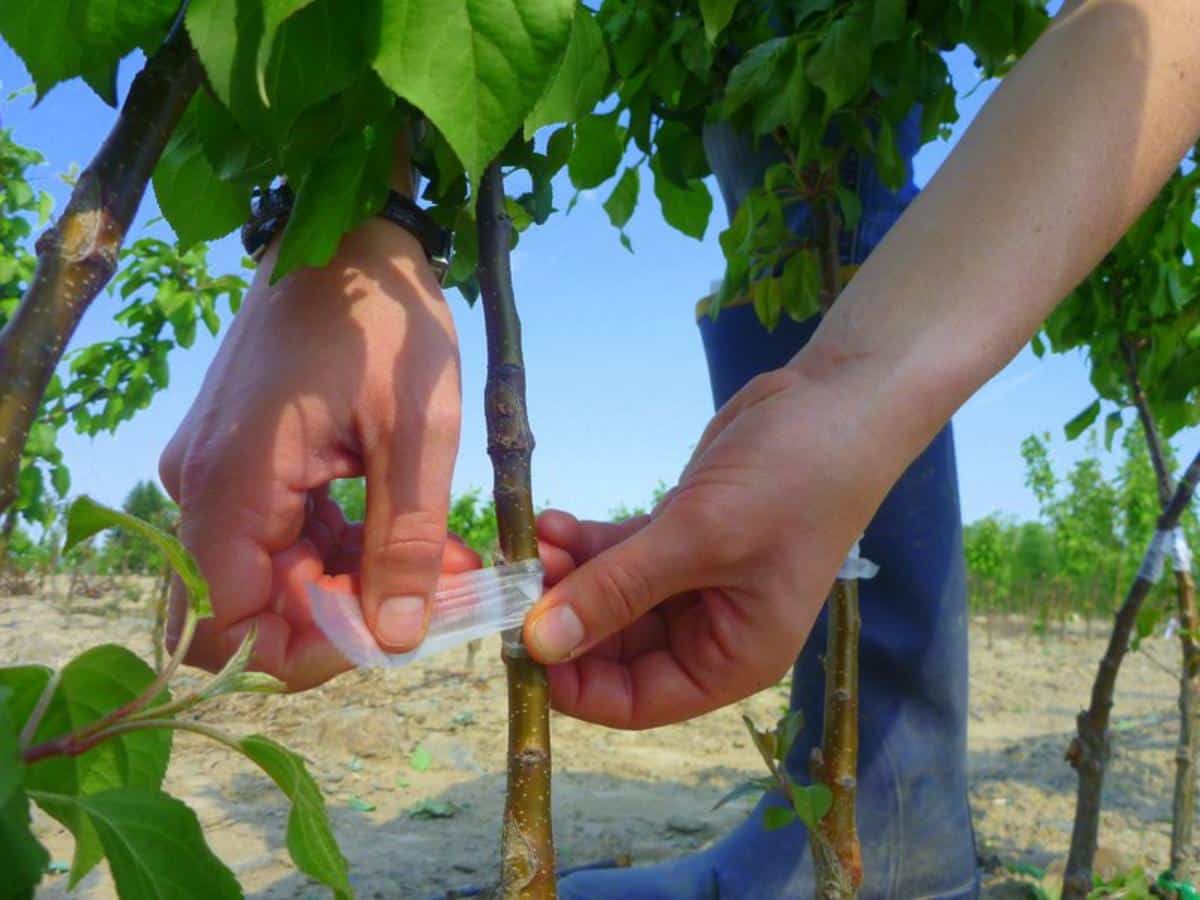
For small-scale growers or backyard orchardists, nurseries like Cummins Nursery, Burnt Ridge Nursery, and Fedco Seeds offer a variety of rootstocks without the requirement to buy in large quantities. (At Cummins, you can buy rootstocks singly.) This makes it easier to try different rootstocks with different fruit varieties to find the best fit for your area.
The Future of Rootstocks
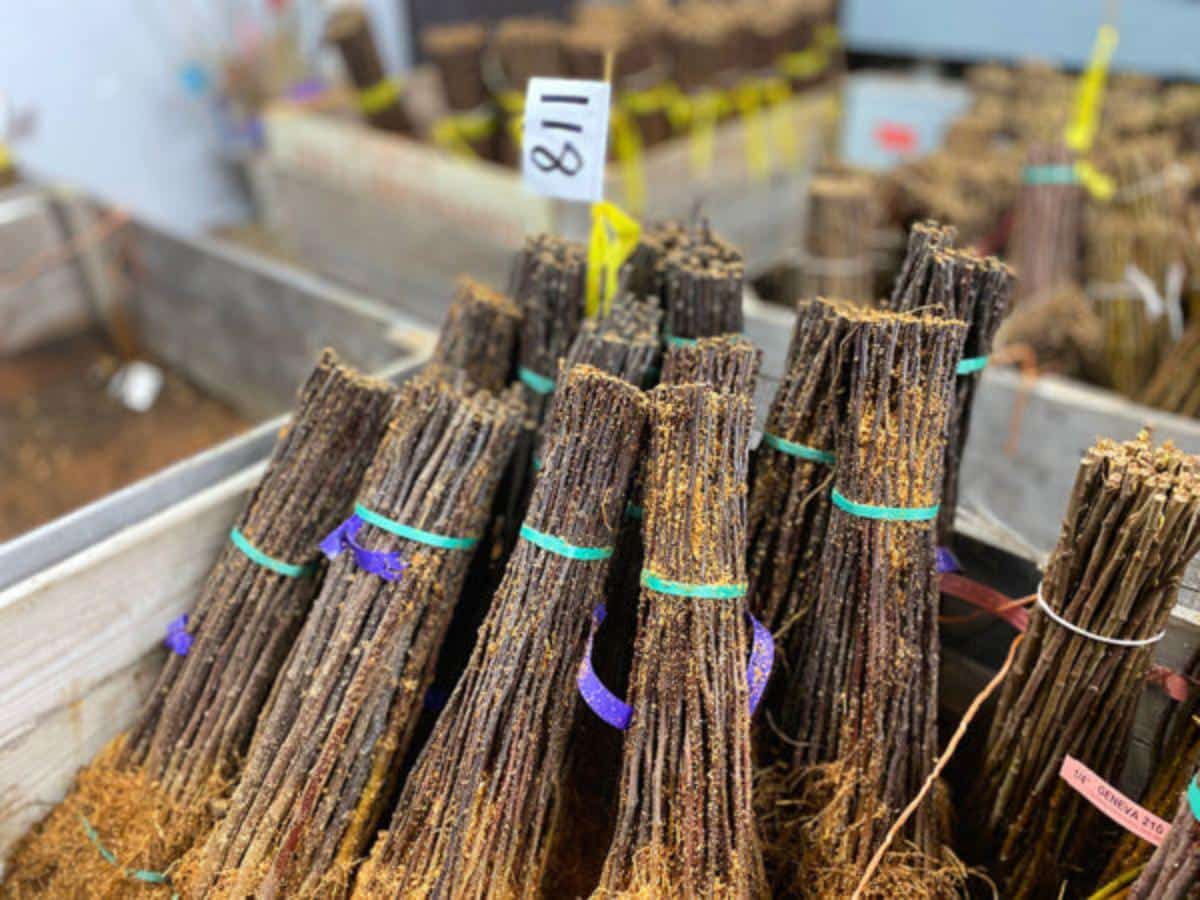
Research keeps bringing us new rootstock varieties that offer even better disease resistance, drought tolerance, and nutrient uptake. Whether you’re planting a single apple tree in your yard or establishing a commercial orchard, choosing the right rootstock can really make a difference in your “build a tree” orchard.
Read more gardening advice from Rosefiend Cordell.

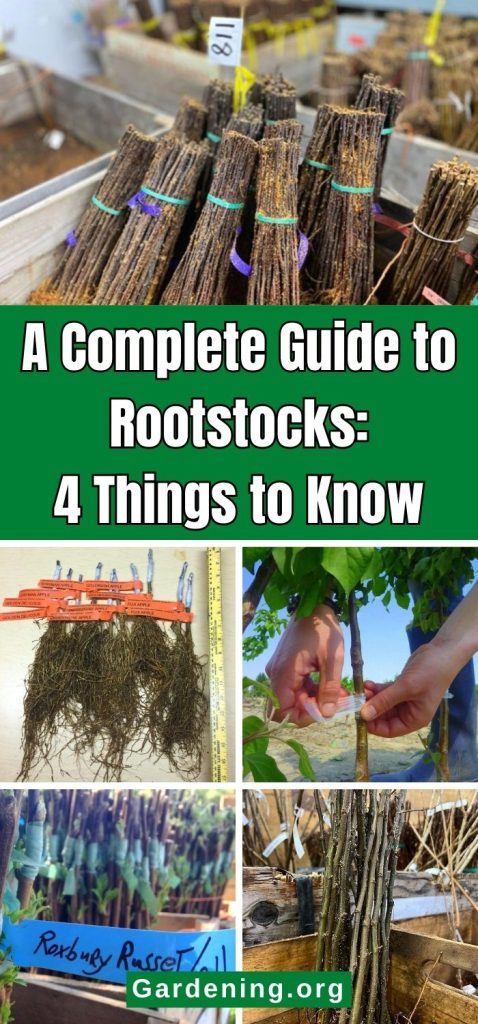
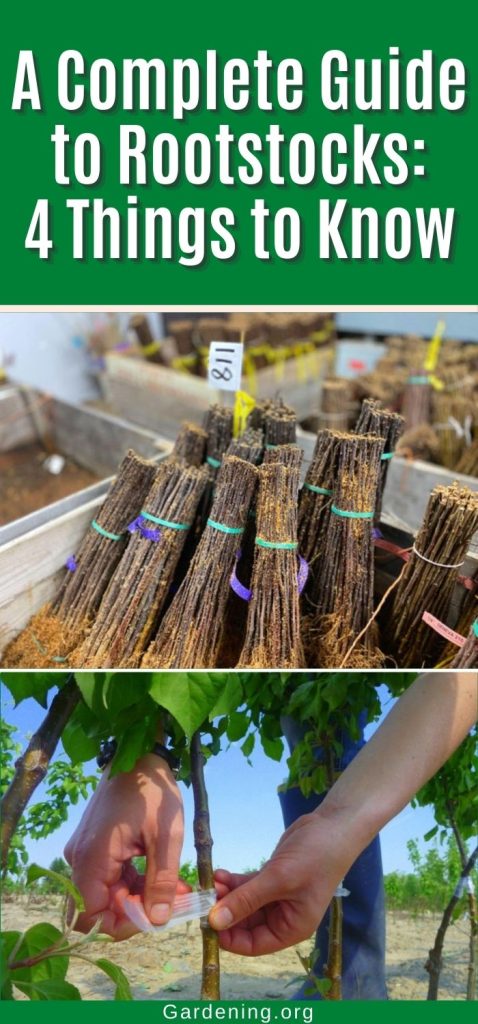
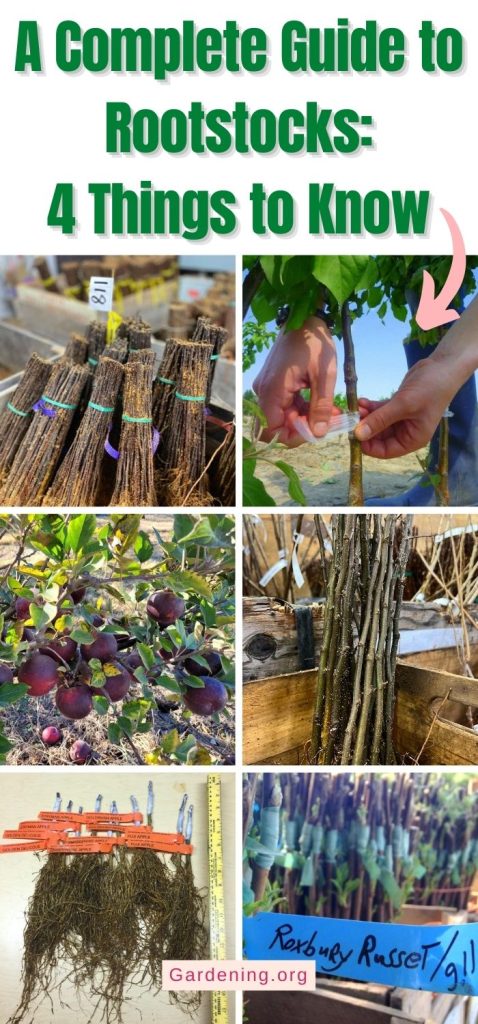

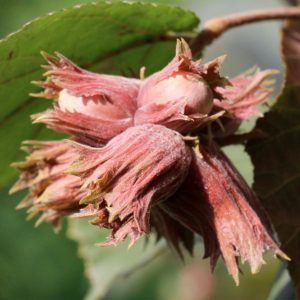
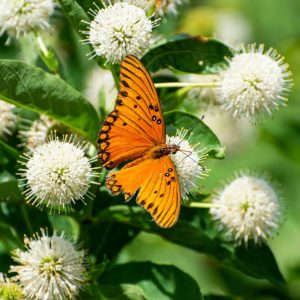
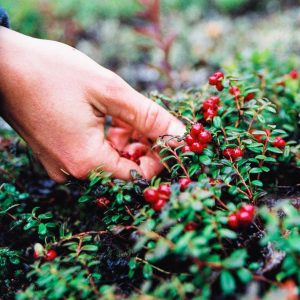
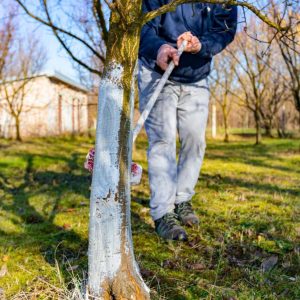
Leave a Reply